Organic Chemistry
Organic Chemistry namely the industry including petrochemical industry using oil, natural gas as raw material, fermentation production of alcohol via food or solvent industry, using gasified feed gas and dry distilled recovered coal tar for production or fractionation of a variety of organic chemical products. In the organic chemical industry of our country, people first apply coal production of calcium carbide for occurrence of acetylene route, gasification synthesis of methanol, formaldehyde route and routes of recycling the benzene, naphthalene, anthracene from coal tar routes, together with alocohol production route from fermentation of rice and further develop.
The direct raw materials of basic organic chemical industry mainly include: hydrogen gas, carbon monoxide, aliphatic hydrocarbons (methane, ethylene, acetylene, propylene, C4 or more aliphatic hydrocarbons), aromatic hydrocarbons (benzene, toluene, xylene and ethylbenzene) and so on. From the pyrolysis gasoline, refinery gas and coal gas of low carbon alkane, crude oil or petroleum distillates, after separation, it may be made of aliphatic hydrocarbon raw material used for different purposes; from the catalytic reforming gasoline, the pyrolysis gasoline of the hydrocarbon and coal tar of dry distillation, we can isolate aromatic raw material; suitable petroleum fractions may also be used directly as the raw material for certain products; from the wet natural gas, we are able to isolate low carbon alkanes other than methane;The conversion or partial oxidation of coal gas, natural gas, refining plant gas, petroleum fraction or the vapor of crude oil fractions can enable the manufacturing of synthetic gas; through the calcium carbide obtained from coke or pyrolysis of natural gas and naphtha, we can prepare acetylene. Additionally, you can also get raw materials from agriculture and forestry by-products.
Organic Chemistry have wide range of applications which can be divided into three areas: First, the raw material for the production of polymer chemical products, namely monomer of polymerization reaction; the second is used for other kinds of organic chemical industry including raw materials of fine chemical products; Third, used for solvents, refrigerants, antifreeze, gas adsorbents. Basic organic chemical industry is the basis for the development of various organic chemical products production and is a main component in the modern industrial structure.
- Structure:

- Chemical Name:Bis(benzonitrile)palladium chloride
- CAS:14220-64-5
- MF:C14H10Cl2N2Pd
- Structure:
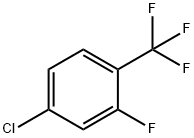
- Chemical Name:4-Chloro-2-fluorobenzotrifluoride
- CAS:94444-59-4
- MF:C7H3ClF4
- Structure:
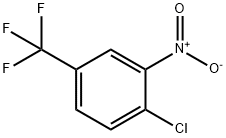
- Chemical Name:4-Chloro-3-nitrobenzotrifluoride
- CAS:121-17-5
- MF:C7H3ClF3NO2
- Structure:

- Chemical Name:3-Fluoroanisole
- CAS:456-49-5
- MF:C7H7FO
- Structure:
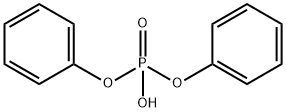
- Chemical Name:Diphenyl phosphate
- CAS:838-85-7
- MF:C12H11O4P
- Structure:

- Chemical Name:N-HENEICOSANE
- CAS:629-94-7
- MF:C21H44
- Structure:

- Chemical Name:Diglyme
- CAS:111-96-6
- MF:C6H14O3
- Structure:
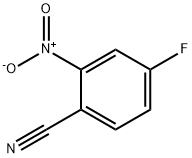
- Chemical Name:4-FLUORO-2-NITROBENZONITRILE
- CAS:80517-21-1
- MF:C7H3FN2O2
- Structure:

- Chemical Name:2-Chloro-4-fluoroanisole
- CAS:2267-25-6
- MF:C7H6ClFO
- Structure:
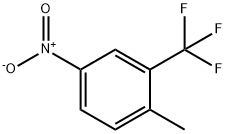
- Chemical Name:2-METHYL-5-NITROBENZOTRIFLUORIDE
- CAS:89976-12-5
- MF:C8H6F3NO2
- Structure:

- Chemical Name:Ethylenediamine dihydrochloride
- CAS:333-18-6
- MF:C2H10Cl2N2
- Structure:

- Chemical Name:1-Tetradecylamine
- CAS:2016-42-4
- MF:C14H31N
- Structure:
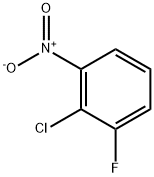
- Chemical Name:2-Chloro-3-fluoronitrobenzene
- CAS:21397-07-9
- MF:C6H3ClFNO2
- Structure:
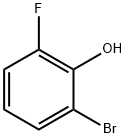
- Chemical Name:2-Bromo-6-fluorophenol
- CAS:2040-89-3
- MF:C6H4BrFO
- Structure:
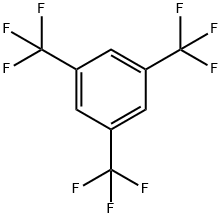
- Chemical Name:1,3,5-Tris(trifluoromethyl)benzene
- CAS:729-81-7
- MF:C9H3F9
- Structure:
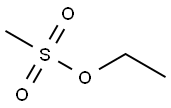
- Chemical Name:Ethyl methanesulfonate
- CAS:62-50-0
- MF:C3H8O3S
- Structure:
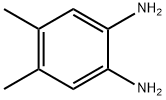
- Chemical Name:4,6-DIMETHYL-1,2-PHENYLENEDIAMINE
- CAS:3171-45-7
- MF:C8H12N2
- Structure:

- Chemical Name:Diisobutylamine
- CAS:110-96-3
- MF:C8H19N
- Structure:

- Chemical Name:Diisobutylaluminium hydride
- CAS:1191-15-7
- MF:C8H19Al
- Structure:

- Chemical Name:cis-Cyclooctene
- CAS:931-88-4
- MF:C8H14
- Structure:

- Chemical Name:Cyclohexane
- CAS:110-82-7
- MF:C6H12
- Structure:

- Chemical Name:Sodium 3-nitrobenzenesulphonate
- CAS:127-68-4
- MF:C6H4NNaO5S
- Structure:
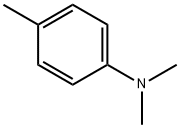
- Chemical Name:N,N-Dimethyl-p-toluidine
- CAS:99-97-8
- MF:C9H13N
- Structure:

- Chemical Name:Sodium 3,5-chloro-6-hydroxybenzenesulfonate
- CAS:54970-72-8
- MF:C6H3Cl2NaO4S
- Structure:

- Chemical Name:Diisopropylamine hydrochloride
- CAS:819-79-4
- MF:C6H16ClN
- Structure:
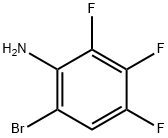
- Chemical Name:2-BROMO-4,5,6-TRIFLUOROANILINE
- CAS:122375-82-0
- MF:C6H3BrF3N
- Structure:
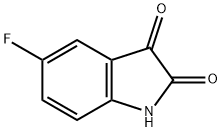
- Chemical Name:5-Fluoroisatin
- CAS:443-69-6
- MF:C8H4FNO2
- Structure:
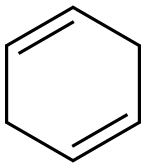
- Chemical Name:Cyclohexa-1,4-diene
- CAS:628-41-1
- MF:C6H8
- Structure:
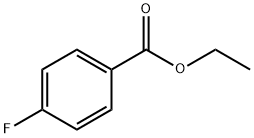
- Chemical Name:Ethyl 4-fluorobenzoate
- CAS:451-46-7
- MF:C9H9FO2
- Structure:
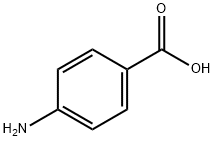
- Chemical Name:4-Aminobenzoic acid
- CAS:150-13-0
- MF:C7H7NO2
- Structure:
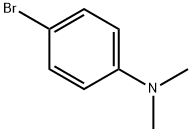
- Chemical Name:4-Bromo-N,N-dimethylaniline
- CAS:586-77-6
- MF:C8H10BrN
- Structure:

- Chemical Name:N-NONACOSANE
- CAS:630-03-5
- MF:C29H60
- Structure:

- Chemical Name:2,4-Dihydroxybenzaldehyde
- CAS:95-01-2
- MF:C7H6O3
- Structure:
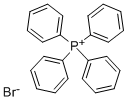
- Chemical Name:Tetraphenylphosphonium bromide
- CAS:2751-90-8
- MF:C24H20BrP
- Structure:
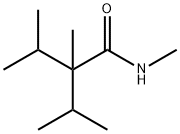
- Chemical Name:2-Isopropyl-N,2,3-trimethylbutyramide
- CAS:51115-67-4
- MF:C10H21NO
- Structure:
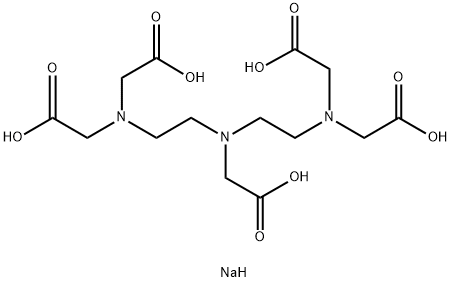
- Chemical Name:Pentasodium DTPA
- CAS:140-01-2
- MF:C14H24N3NaO10
- Structure:
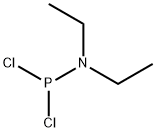
- Chemical Name:DIETHYLPHOSPHORAMIDOUS DICHLORIDE
- CAS:1069-08-5
- MF:C4H10Cl2NP
- Structure:
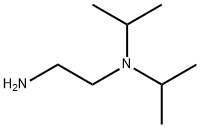
- Chemical Name:2-Aminoethyldiisopropylamine
- CAS:121-05-1
- MF:C8H20N2
- Structure:

- Chemical Name:4-HEXYLANILINE
- CAS:33228-45-4
- MF:C12H19N
- Structure:

- Chemical Name:3-Chloro-4-fluorophenol
- CAS:2613-23-2
- MF:C6H4ClFO
- Structure:
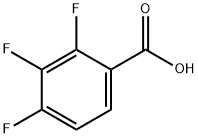
- Chemical Name:2,3,4-Trifluorobenzoic acid
- CAS:61079-72-9
- MF:C7H3F3O2
- Structure:
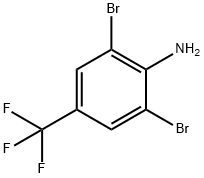
- Chemical Name:2,6-DIBROMO-4-(TRIFLUOROMETHYL)ANILINE
- CAS:72678-19-4
- MF:C7H4Br2F3N
- Structure:
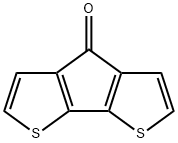
- Chemical Name:4H-Cyclopenta[2,1-b:3,4-b']dithiophen-4-one
- CAS:25796-77-4
- MF:C9H4OS2
- Structure:
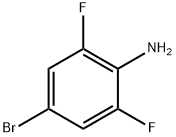
- Chemical Name:4-Bromo-2,6-difluoroaniline
- CAS:67567-26-4
- MF:C6H4BrF2N
- Structure:
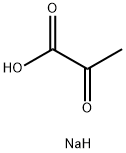
- Chemical Name:Sodium pyruvate
- CAS:113-24-6
- MF:C3H5NaO3
- Structure:
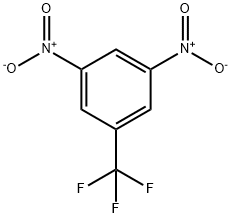
- Chemical Name:3,5-Dinitrobenzotrifluoride
- CAS:401-99-0
- MF:C7H3F3N2O4
- Structure:
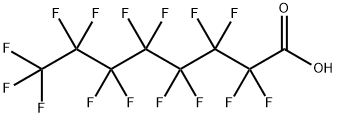
- Chemical Name:Pentadecafluorooctanoic acid
- CAS:335-67-1
- MF:C8HF15O2
- Structure:

- Chemical Name:1-Bromo-4-butylbenzene
- CAS:41492-05-1
- MF:C10H13Br
- Structure:
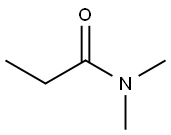
- Chemical Name:N,N-Dimethylpropionamide
- CAS:758-96-3
- MF:C5H11NO
- Structure:

- Chemical Name:CYCLOPENTADIENYLTRIMETHYLSILANE
- CAS:3559-74-8
- MF:C8H14Si
- Structure:
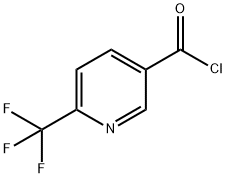
- Chemical Name:6-(TRIFLUOROMETHYL)NICOTINOYL CHLORIDE
- CAS:358780-13-9
- MF:C7H3ClF3NO
- Structure:

- Chemical Name:3-IODO-4-METHYLANILINE
- CAS:35944-64-0
- MF:C7H8IN
- Structure:
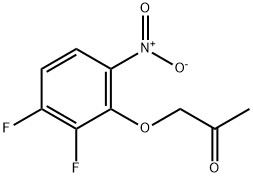
- Chemical Name:2-Acetonyloxy-3,4-difluoro nitrobenzene
- CAS:82419-32-7
- MF:C9H7F2NO4
- Structure:
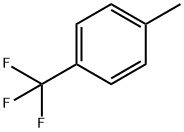
- Chemical Name:4-Methylbenzotrifluoride
- CAS:6140-17-6
- MF:C8H7F3
- Structure:
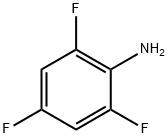
- Chemical Name:2,4,6-Trifluoroaniline
- CAS:363-81-5
- MF:C6H4F3N
- Structure:
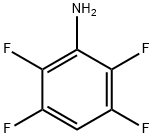
- Chemical Name:2,3,5,6-Tetrafluoroaniline
- CAS:700-17-4
- MF:C6H3F4N
- Structure:

- Chemical Name:4-Hydrazinobenzoic acid hydrochloride
- CAS:24589-77-3
- MF:C7H9ClN2O2
- Structure:
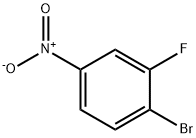
- Chemical Name:1-Bromo-2-fluoro-4-nitrobenzene
- CAS:185331-69-5
- MF:C6H3BrFNO2
- Structure:
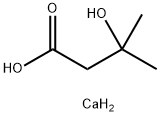
- Chemical Name:Calcium beta-hydroxy-beta-methylbutyrate
- CAS:135236-72-5
- MF:C5H12CaO3
- Structure:
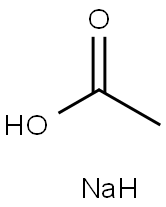
- Chemical Name:Sodium diacetate
- CAS:126-96-5
- MF:C2H5NaO2
- Structure:

- Chemical Name:2-CHLORO-1,1,1-TRIFLUOROETHANE
- CAS:75-88-7
- MF:C2H2ClF3
- Structure:
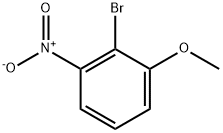
- Chemical Name:2-Bromo-3-nitroanisole
- CAS:67853-37-6
- MF:C7H6BrNO3
- Structure:
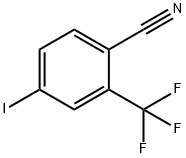
- Chemical Name:4-IODO-2-(TRIFLUOROMETHYL)BENZONITRILE
- CAS:101066-87-9
- MF:C8H3F3IN
- Structure:
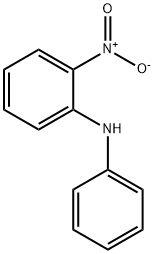
- Chemical Name:2-Nitrodiphenylamine
- CAS:119-75-5
- MF:C12H10N2O2
- Structure:
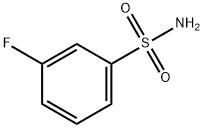
- Chemical Name:3-FLUOROBENZENESULFONAMIDE
- CAS:1524-40-9
- MF:C6H6FNO2S
- Structure:
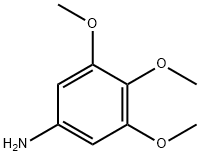
- Chemical Name:3,4,5-Trimethoxyaniline
- CAS:24313-88-0
- MF:C9H13NO3
- Structure:
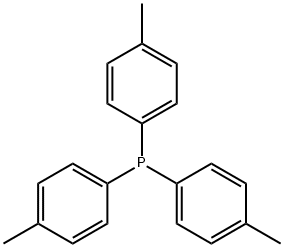
- Chemical Name:TRI-P-TOLYLPHOSPHINE
- CAS:1038-95-5
- MF:C21H21P
- Structure:

- Chemical Name:Methyl methanesulfonate
- CAS:66-27-3
- MF:C2H6O3S
- Structure:
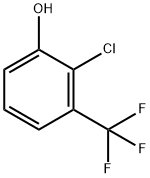
- Chemical Name:2-CHLORO-3-HYDROXYBENZOTRIFLUORIDE
- CAS:138377-34-1
- MF:C7H4ClF3O
- Structure:
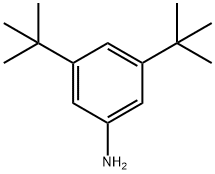
- Chemical Name:3,5-DI-TERT-BUTYLANILINE
- CAS:2380-36-1
- MF:C14H23N
- Structure:

- Chemical Name:4-BROMO-2-FLUOROBENZYL ALCOHOL
- CAS:188582-62-9
- MF:C7H6BrFO
- Structure:
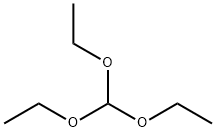
- Chemical Name:Triethyl orthoformate
- CAS:122-51-0
- MF:C7H16O3
- Structure:
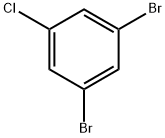
- Chemical Name:1,3-Dibromo-5-chlorobenzene
- CAS:14862-52-3
- MF:C6H3Br2Cl
- Structure:
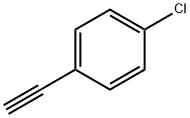
- Chemical Name:4-Chlorophenylacetylene
- CAS:873-73-4
- MF:C8H5Cl
- Structure:
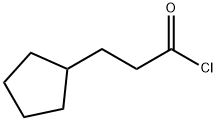
- Chemical Name:Cyclopentylpropionyl chloride
- CAS:104-97-2
- MF:C8H13ClO
- Structure:

- Chemical Name:1,3-Bis(diphenylphosphino)propane
- CAS:6737-42-4
- MF:C27H26P2
- Structure:
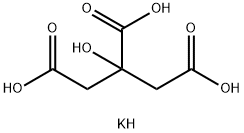
- Chemical Name:1,2,3-Propanetricarboxylicacid,2-hydroxy-,potassiumsalt
- CAS:7778-49-6
- MF:C6H9KO7
- Structure:
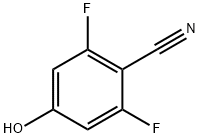
- Chemical Name:2,6-Difluoro-4-hydroxybenzonitrile
- CAS:123843-57-2
- MF:C7H3F2NO
- Structure:
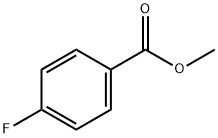
- Chemical Name:Methyl 4-fluorobenzoate
- CAS:403-33-8
- MF:C8H7FO2
- Structure:

- Chemical Name:2-(ETHYLTHIO)ETHYLAMINE
- CAS:36489-03-9
- MF:C4H11NS
- Structure:
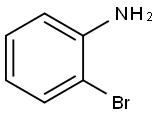
- Chemical Name:2-Bromoaniline
- CAS:615-36-1
- MF:C6H6BrN
- Structure:

- Chemical Name:4-Bromophenylhydrazine hydrochloride
- CAS:622-88-8
- MF:C6H8BrClN2
- Structure:

- Chemical Name:4-CHLORO-2-FLUOROPHENYLACETIC ACID
- CAS:194240-75-0
- MF:C8H6ClFO2
- Structure:
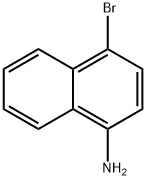
- Chemical Name:4-Bromo-1-naphthylamine
- CAS:2298-07-9
- MF:C10H8BrN
- Structure:
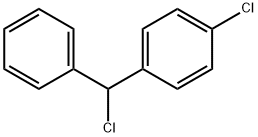
- Chemical Name:4-Chlorobenzhydrylchloride
- CAS:134-83-8
- MF:C13H10Cl2
- Structure:
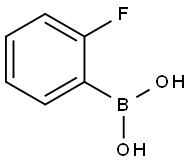
- Chemical Name:2-Fluorophenylboronic acid
- CAS:1993-03-9
- MF:C6H6BFO2
- Structure:
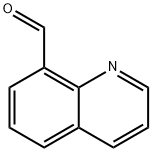
- Chemical Name:8-Quinolinecarbaldehyde
- CAS:38707-70-9
- MF:C10H7NO
- Structure:
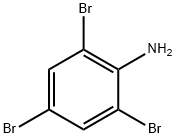
- Chemical Name:2,4,6-Tribromoaniline
- CAS:147-82-0
- MF:C6H4Br3N
- Structure:

- Chemical Name:DL-2,3-DIAMINOPROPIONIC ACID MONOHYDROCHLORIDE
- CAS:54897-59-5
- MF:C3H9ClN2O2
- Structure:
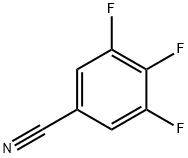
- Chemical Name:3,4,5-TRIFLUOROBENZONITRILE
- CAS:134227-45-5
- MF:C7H2F3N
- Structure:
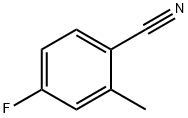
- Chemical Name:4-Fluoro-2-methylbenzonitrile
- CAS:147754-12-9
- MF:C8H6FN
- Structure:

- Chemical Name:3-Bromo-4-fluorotoluene
- CAS:452-62-0
- MF:C7H6BrF
- Structure:

- Chemical Name:SEC-BUTYLAMINE
- CAS:33966-50-6
- MF:C4H11N
- Structure:

- Chemical Name:5-Chloro-2-fluorotoluene
- CAS:452-66-4
- MF:C7H6ClF
- Structure:
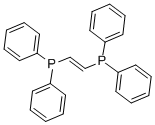
- Chemical Name:TRANS-1,2-BIS(DIPHENYLPHOSPHINO)ETHYLENE
- CAS:983-81-3
- MF:C26H22P2
- Structure:
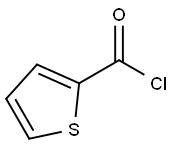
- Chemical Name:2-Thiophenecarbonyl chloride
- CAS:5271-67-0
- MF:C5H3ClOS
- Structure:
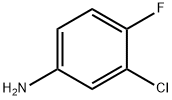
- Chemical Name:3-Chloro-4-fluoroaniline
- CAS:367-21-5
- MF:C6H5ClFN
- Structure:
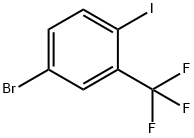
- Chemical Name:5-BROMO-2-IODOBENZOTRIFLUORIDE
- CAS:364-12-5
- MF:C7H3BrF3I
- Structure:
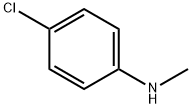
- Chemical Name:4-Chloro-N-methylaniline
- CAS:932-96-7
- MF:C7H8ClN
- Structure:
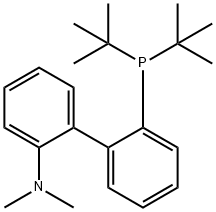
- Chemical Name:2-Di-t-butylphosphino-2'-(N,N-dimethylamino)biphenyl
- CAS:224311-49-3
- MF:C22H32NP